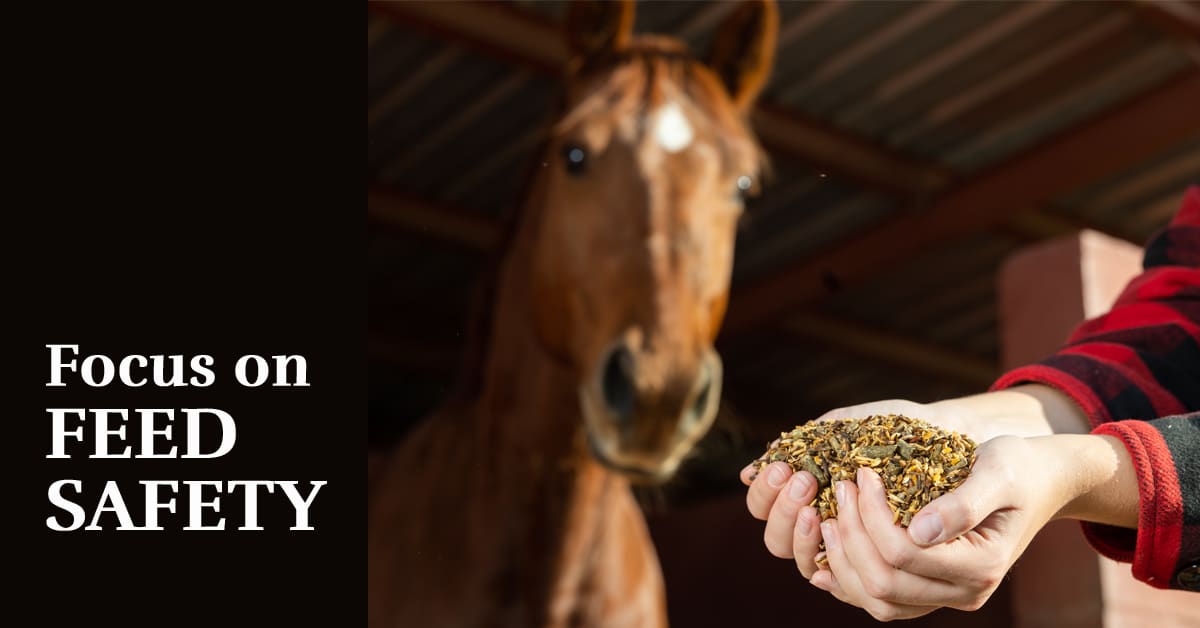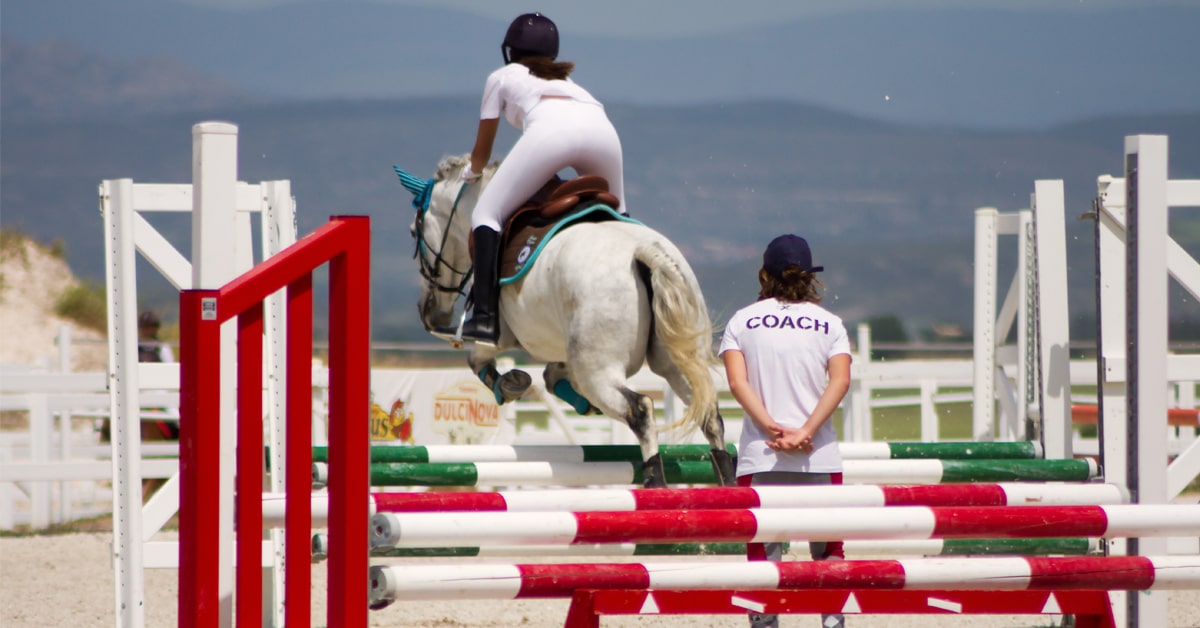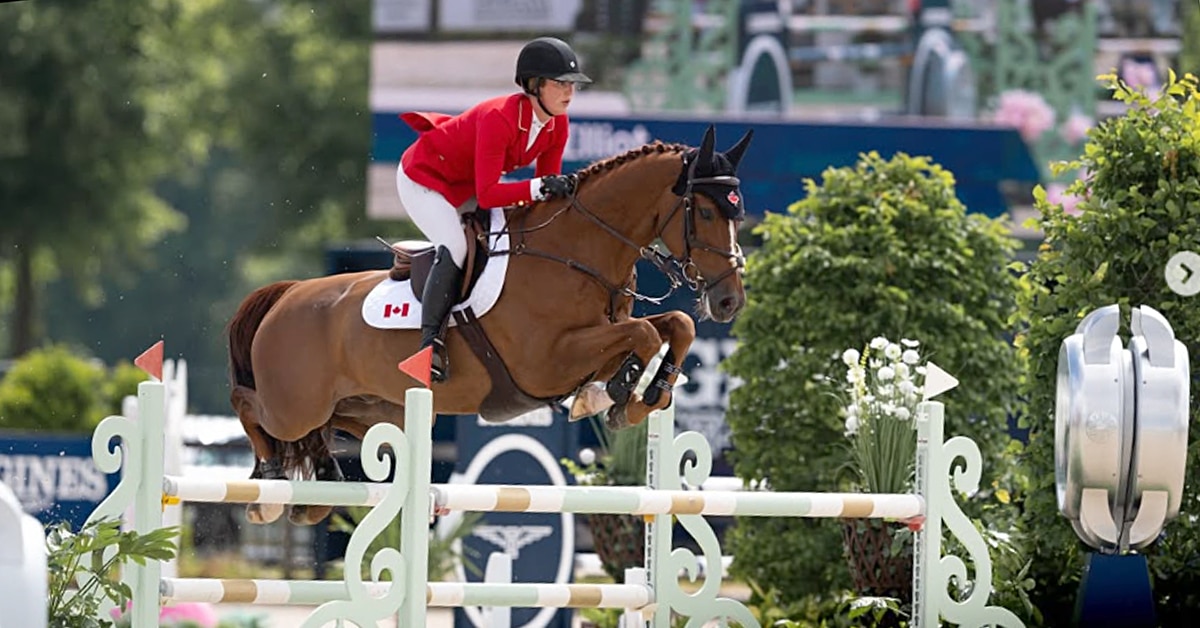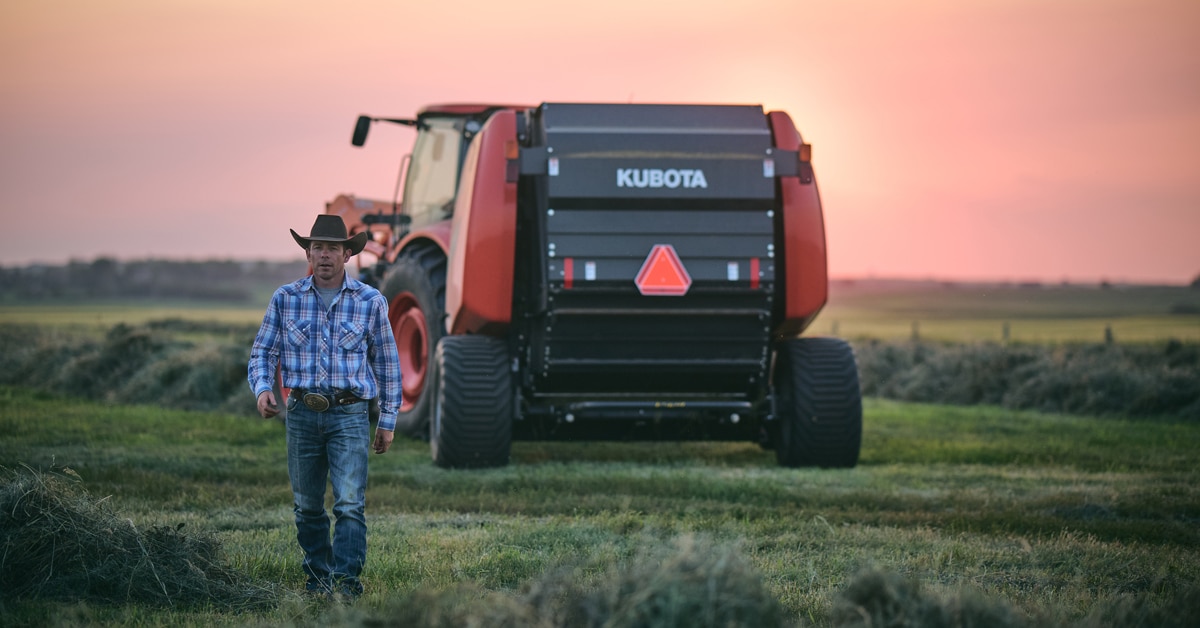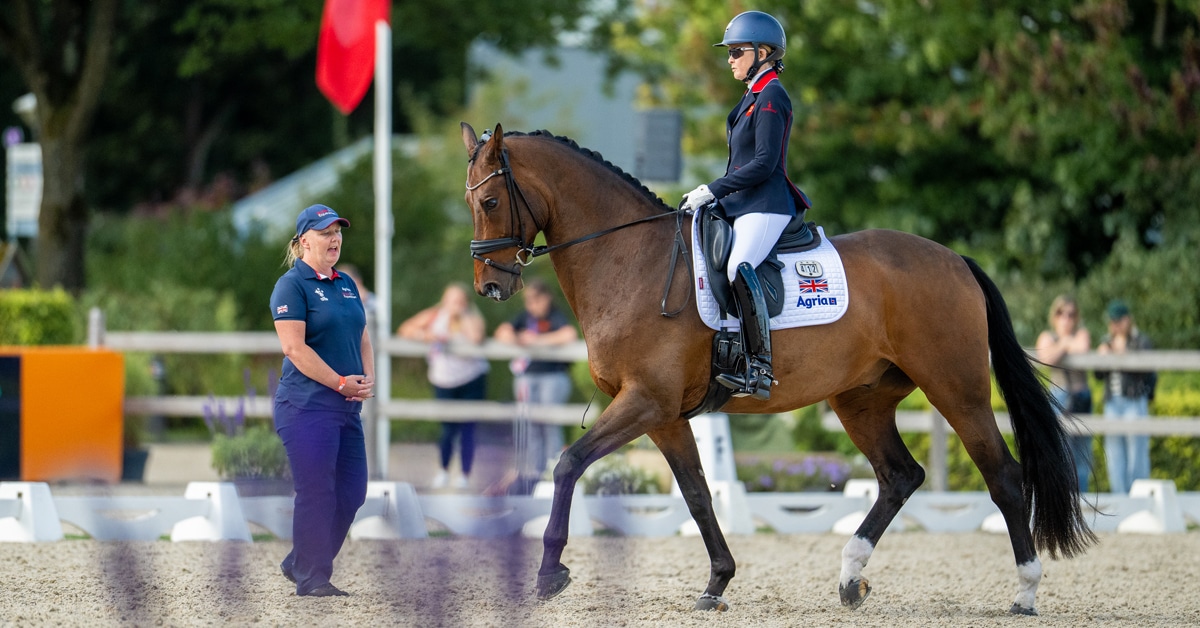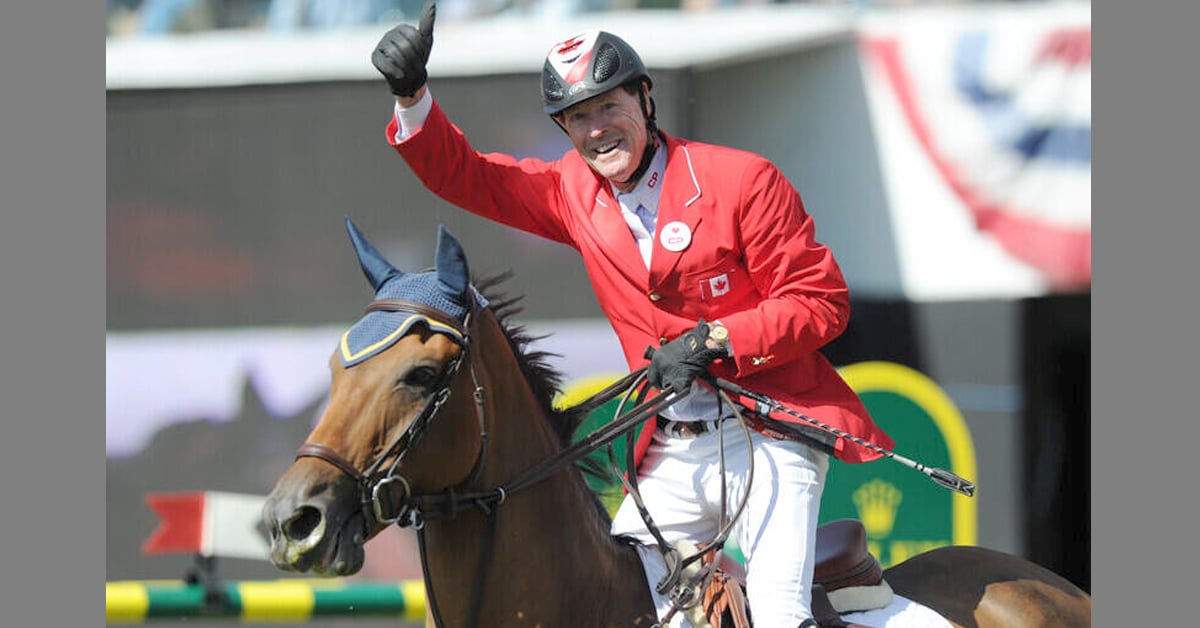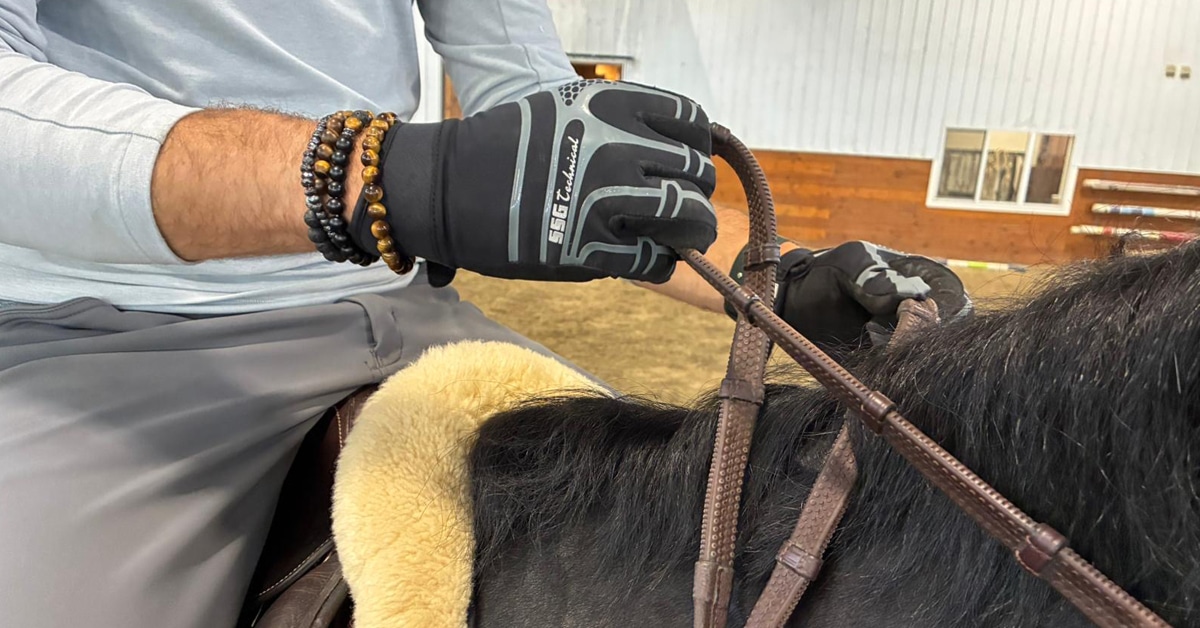A correctly-executed rein back will show a clear two-beat rhythm, with the legs moving in diagonal pairs. The legs should lift from the ground and not drag; dragging is a sign that the horse has lost the connection, either by dropping behind the contact or by dropping the back and coming above the bit. The frame should stay correct for the level at which the horse is performing; a second level horse will not have the same carriage and lowering of the hindquarters as a grand prix horse.
The rein back should be performed in the same balance as the gait the horse was in before the rein back and the gait in which he departs afterward. What makes the rein back complicated – even counterintuitive – is that even though the horse moves backwards, he must remain in front of the rider’s seat and legs. The test of whether the horse is still in front of the aids is whether he is ready after each step back to immediately step forward the moment the rider asks him to do so.
As with the introduction of any new exercise, the correctness with which you first train the rein back will influence how quickly the horse will learn that movement correctly. You should not train the rein back until the horse has learned to go forward into the hand and remain on the bit – not behind it – in the halt.
When I first ask the horse to rein back, I ask for only one step. My goal is to make the horse understand that he is to remain the same in his connection, and not to drop the bit. Because the aids for rein back – a driving leg to a resisting hand – can be confusing, I use a lightening of the seat and a softening of my lower back to encourage the horse to step back underneath my seat. When he takes one step back, I give an immediate reward by patting him and riding forward again. Only when the horse will take that one step without losing the connection to the bit will I ask for a second step.
The horse must never be allowed to respond by running backwards. If, at any moment, I sense the horse has lost the desire to step forward again, I will not ask for any more steps back. I want to feel that each step is deliberate, and performed in response to my aid, which is given for every step. Because I am asking a young horse to do something that is conflicting in nature, I give a big reward for the correct response.
An exercise that has been lost from the FEI tests is a double rein back exercise known by the German word ‘schaukel,’ which means ‘swing.’ It’s an exercise I use often when I school the rein back, because it tests the horse’s willingness to move forward after the rein back, but then to also move back again without hesitation.
The only time the horse is immobile is in the halt that precedes the first rein back. I will ask the horse to take four or five steps back, then immediately step forward again for one or more steps of walk, and then back again for several steps. I think of the schaukel as a kind of dance, where the horse moves easily back, forward and back again without stopping. I want to feel that his balance and connection remain the same as he gives me immediate responses to my aids. The schaukel is the ultimate test of whether my horse is in the correct connection in the rein back.
The Latest
